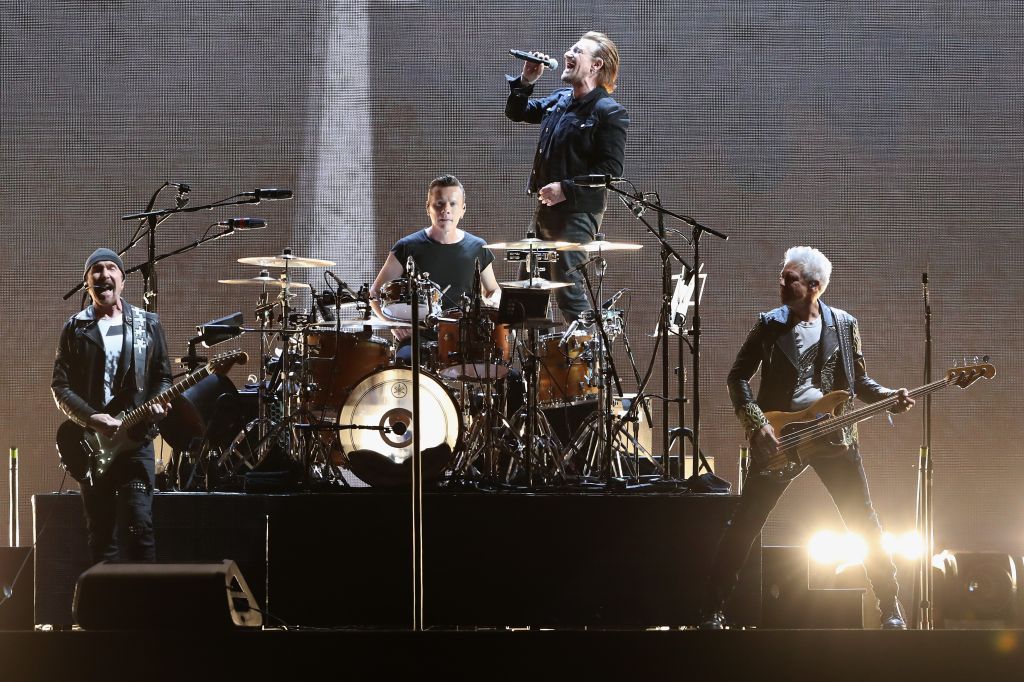ROCK MOMENT – U2 ‘New Year’s Day’

In 1983, U2 released ‘New Year’s Day,’ a song that would become one of their earliest international hits and a defining moment in their rise to global fame. Featured on their third studio album, War, the track showcased the band’s growing political awareness and their ability to blend anthemic rock with socially conscious lyrics.
The origins of ‘New Year’s Day’ are rooted in improvisation. During rehearsals, bassist Adam Clayton began experimenting with a bass line inspired by Joy Division. Bono, the band’s frontman, added lyrics that initially centered on a love song to his wife, Ali. But as the song evolved, its meaning shifted to something larger. Influenced by the political climate of the early 1980s, Bono drew inspiration from the Polish Solidarity movement led by Lech Wałęsa. The struggle for freedom in Poland gave the song a deeper resonance, transforming it into an anthem about hope, resilience, and the longing for peace.
Musically, the track is driven by The Edge’s ringing piano motif and chiming guitar, paired with Larry Mullen Jr.’s martial-style drumming. This stark, urgent sound gave the song both intimacy and power, setting it apart from other rock singles of the era. When released in January 1983, ‘New Year’s Day’ climbed into the Top 10 in the U.K. and cracked the Billboard Hot 100 in the U.S.—a first for U2.
The music video, filmed in the snowy landscapes of Sweden, became iconic in its own right. With images of the band riding horses through the snow and performing in a frozen landscape, the clip received heavy rotation on MTV and solidified U2’s reputation as a band with both style and substance.
Decades later, ‘New Year’s Day’ remains a live staple and one of U2’s most enduring songs. What began as a simple bass line and a personal lyric grew into a global anthem, marking the moment U2 truly stepped onto the world stage.






